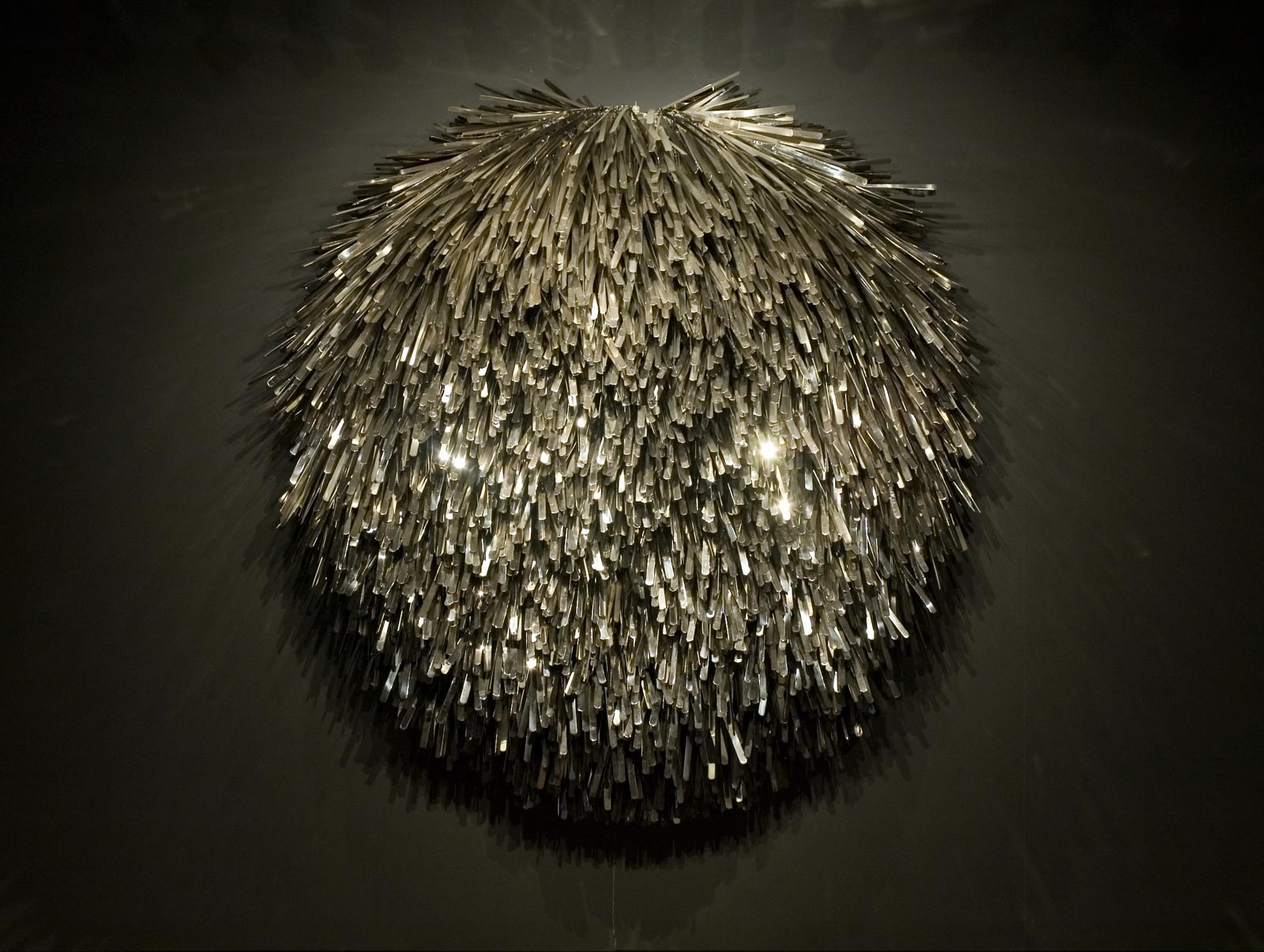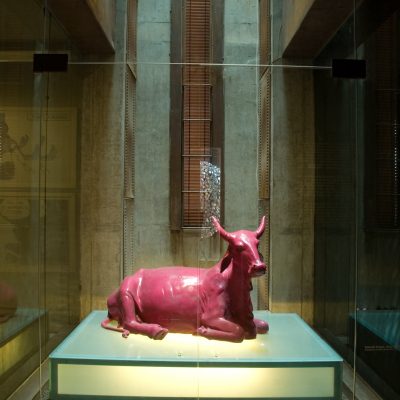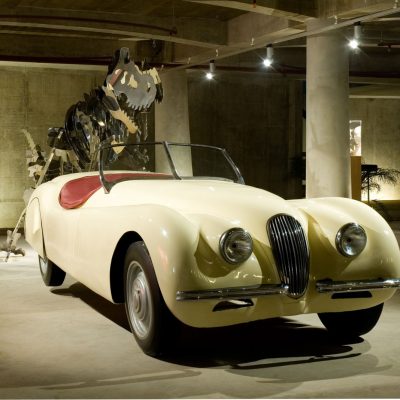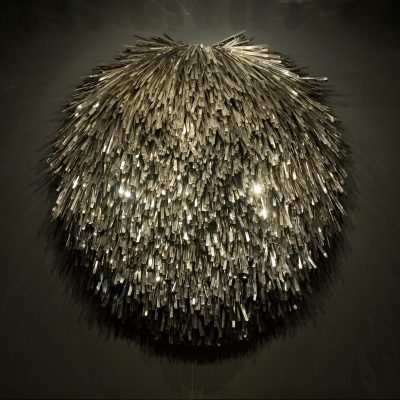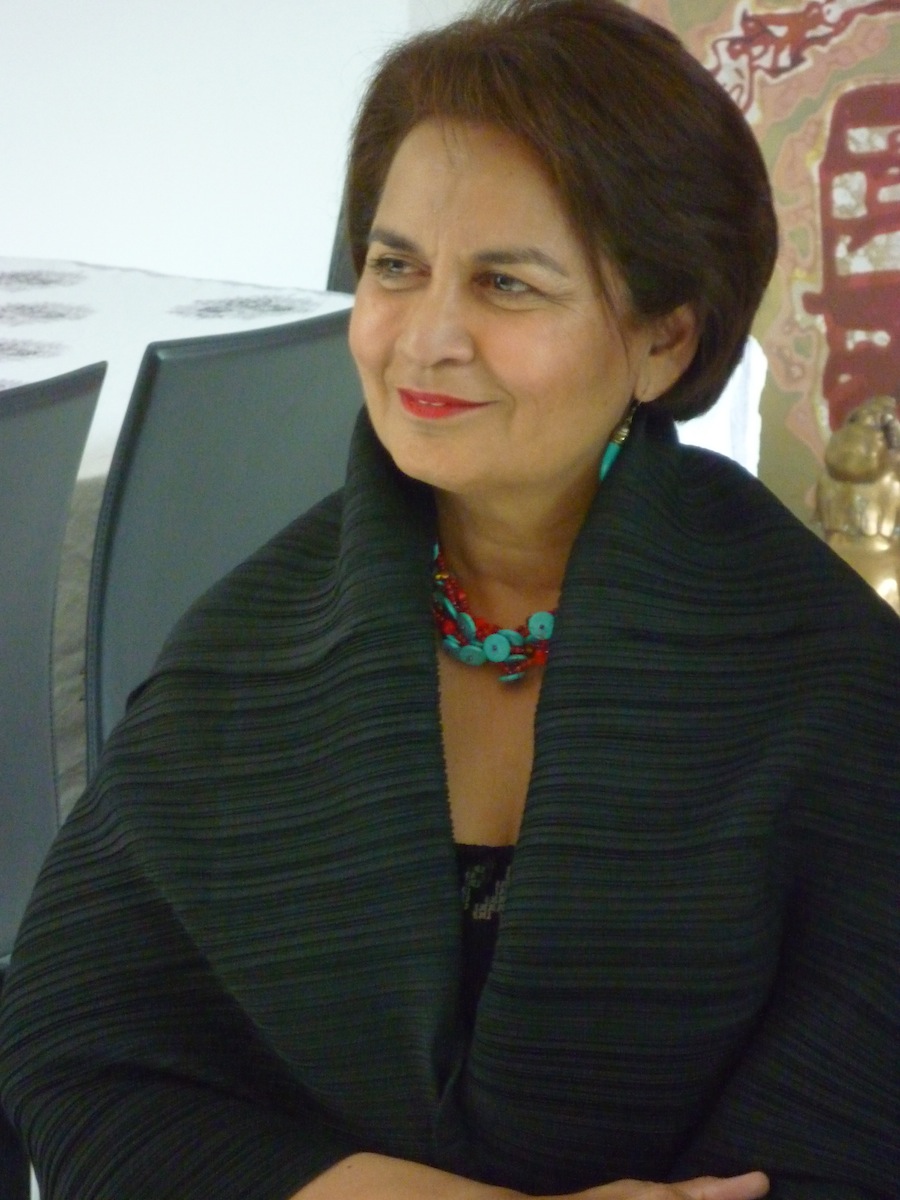
In terms of everything positive that is of the contemporary Indian art scene now, then Lekha Poddar is its tour-de-force. Demonstrative and equally demanding of what she expects of those around her, Poddar’s original interests, fashioned by her son Anupam Poddar; appear to have expanded well beyond the visual arts and into the realms of cultural diplomacy. Based between Gurgaon, (Delhi), and London; and with an eye on the art scenes in Lahore, Tehran, Karachi and Kabul; the Devi Art Foundation’s attentions are as inclusive of the regions immediately outside of India as humanly possible. Outspoken in her criticism of the infrastructure for the arts in India, Poddar is fully aware of what is and isn’t working there. And rather than letting things take care of themselves, she is known for positively lambasting the art establishment of which she is a part. Responding to India’s Venice Biennale absence last year, Poddar forthrightly commented that before we think of going on to global platforms, we need to get our house in order in India. Accusing the powers that be of infrastructural failings that have allowed for a climate of inertia. Leading the way with a creditable alternative, the foundation appears to have gone from strength to strength, and in five years they have managed to amass a vast collection of works of immeasurable significance, from the early and contemporary periods.
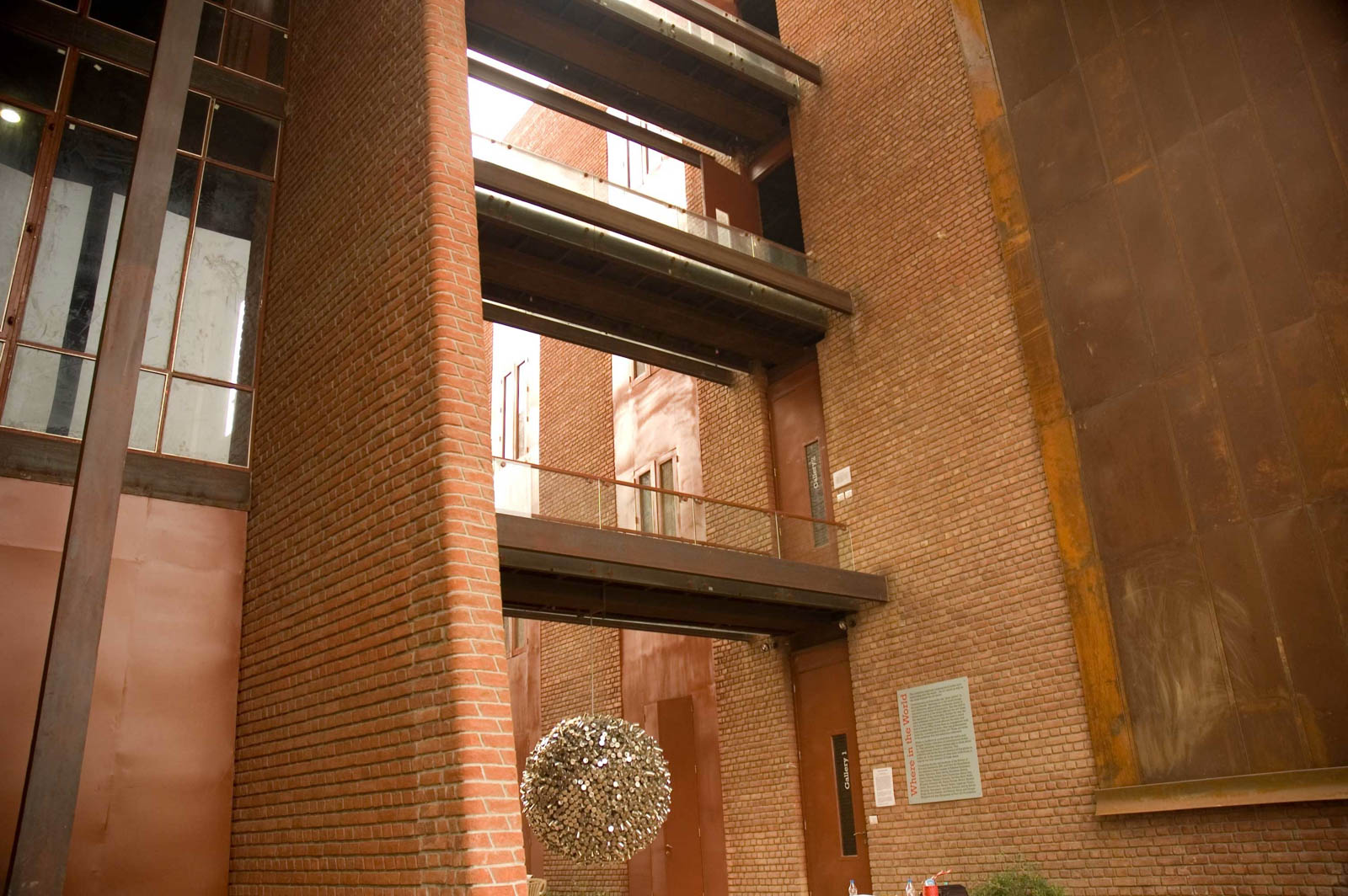
Harper’s Bazaar Art: What is happening outside of Mumbai and Delhi in India in terms of art now?
Lekha Poddar: Bangalore, Pune, things are happening there, Kolkata as well. Not a whole lot happens but there are two people, Abhishek Basu (of Abhishek Basu Contemporary), and Prateek Raja of Experimenter Gallery, both in Kolkata, both are doing amazing things. And I think Prateek is very important for the contemporary scene, because I think what he is doing is really path breaking. Sitting there in Kolkata with no cliental, but selling to the world, and establishing a really good global reach. Really taking up artists who I am not saying would not be taken up by other galleries, but I think he (and his wife Priyanka) picks very carefully and he picks very well. And the artists are not all based in Kolkata; they are from Bangladesh, Pakistan, of course Indian, and some are in Kolkata. I think (Prateek) is really amazing. It is one of the best gallerists in India at the moment, and I do think he is truly brilliant. Mort Chatterjee and Tara Lal have also done what other galleries have not done, introducing performance art before anybody had even though of it.
HBA: Does that come with greater awareness of the contemporary European and American art scenes?
LP: I think a little yes; I think otherwise I find that the Indian galleries unfortunately are really lacking professionalism, and they are not pushing boundaries. Some are taking care of their artists; this that and the other. But basically it is all about the market, rather than creating a market. You can say, ‘I am following the market, so what do I do if so-and-so doesn’t sell’. But it shouldn’t be about creating a great deal of hype over an artist in order to create a market for them. If you look at their practices and guide them, that proves better in the long run.
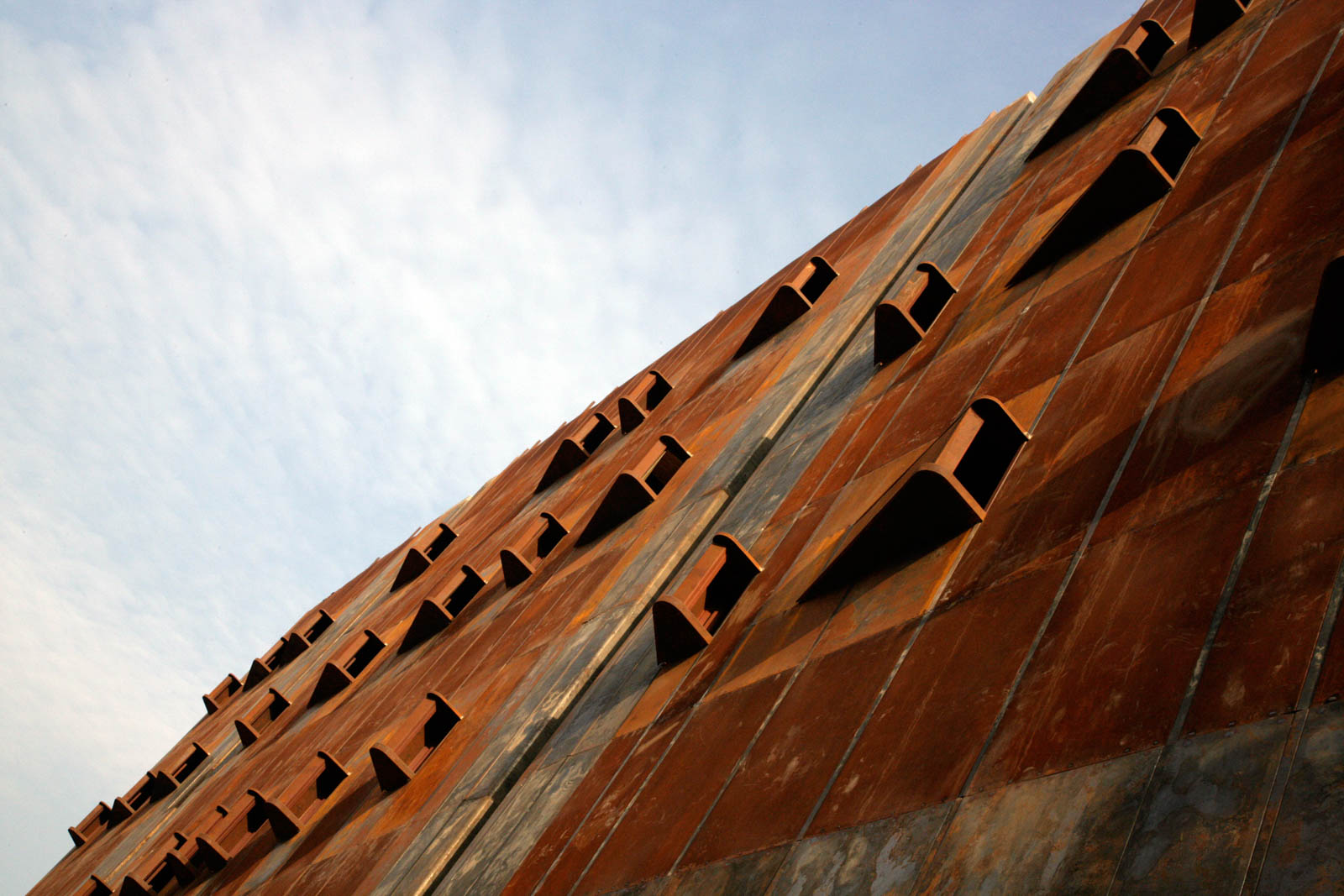
HBA: That appears to be an enormous infrastructural issue with how the arts are managed in India; is that the case?
LP: I think so, very often the artists don’t like very much conversation, and the gallerists won’t have that conversation either. And if we want to move forward, developing an artist and providing them with a platform is a very important part of the art world. I mean gallerists should guide their artists, criticise their work, and also agree with their work. Give them a direction as to what the market would like, or discuss the next sets of works. I think it is very important, but unfortunately I am not sure enough it is really happening.
HBA: Is that to do with the more established gallerists thinking entirely of art as a commercial enterprise, and not as a vocation with a long view?
LP: My judgement is that from the turn of the century there was a very small market (in India); the artists and the gallerists had a great camaraderie, and they were all friends. But the market was small then; a small market with a small number of collections all with manageable prices. And then if we move forward fifty, sixty, seventy years; post two thousand, especially post two thousand and four, the boom came. And I don’t know if the gallerists even realised how to negotiate that whole thing. Everybody was so happy selling, and the artists were so happy selling, but nobody; possibly one or two did, but by-and-large nobody got into that stage of conversation between the two, (the gallerists and the market), of what to present to the market.
HBA: Are you suggesting at the time gallerists were collectively unable to discuss what was happening among themselves, in order to seek a more sustainable infrastructure for the arts thereafter? And can that be blamed on a climate of cultural selfishness in India that is more damaging to the arts than anything else?
LP: I think in India that is a problem, a huge problem, everybody wants to do their own little thing. And it is something to do with our DNA possibly, I don’t know if it is the same with the Chinese, the Malaysians or Indonesians, but I think that is an Indian characteristic across the board, and across any field. Unfortunately it is in our DNA.
HBA: Has this kind of cultural selfishness acted as an achilles’ heel for the contemporary art scene in India?
LP: I am saying that I imagine all of this is a western import. All of this, the idea of the ‘museums’, and ‘gallerists’. So I feel that over post-colonial India that that legacy carried on, and as I was saying the original market was very small to begin with. Those few galleries and artists interacted, because there were about ten collectors. There were really not that many, and the artists’ base was also small, there might have been between fifty and seventy artists all over India. Others were preoccupied with small things that were not particularly relevant. And then this explosion of contemporary art happened in a period when India was opening up economically; and they (western collectors and gallerists) created a market driven economy, and obviously the art was simultaneously market driven. So I don’t know if everyone has even had the chance to sit back and even think. And also more significantly because we have no critics, (which we touched upon earlier), we have no critical writing. So unfortunately it became a free for all. Because there is nobody to give a decent review of any exhibition, or there is no one who knows enough to even criticise it. So until someone gets into that whole thing, and brings it out into the open, we will continue to suffer for it.
HBA: Does that not require a great deal of honesty on the part of gallerists, dealers, collectors, and artists alike in India?
LP: Beyond honesty you need to know, you yourself need to know. Otherwise everyone is living in a vacuum because of there being a lack of everything to sufficiently support the arts in India. I think in India because gallerists don’t take the initiative to guide their artists enough, the artists themselves in their mid-twenties, and early thirties begin to think they know it all. ‘I don’t wish to listen to the nonsense that these external people are saying’. But fundamentally if there were people who knew their art, and the art scene well enough, in order to make it clear that this is what is happening around you, and if this is your kind of art then this is the kind of direction you should take; then they would possibly listen. Somebody has to be authoritative enough to do that, and it depends as you said on art schools, and art education taking a lead.
HBA: I remember the damning statement you made in Art Newspaper this year, aimed at those responsible for Indian art internationally; after it was confirmed there would not be an Indian Pavilion at the Venice Biennale last year. And I quote ‘Before we think of going onto global platforms, we need to get our house in order in India. To have a dialogue on public/private partnerships, we first have to strengthen our (art) academia, curatorships, critical writing, cataloguing, displays and so forth. How are we going to sustain the top of the pyramid when there is no base?’ Do you still believe that to be the case?
LP: I still maintain that. Why start at the top of a pyramid when we don’t have a base. Obviously the Venice biennial is very important, and of course we should push ourselves to be on an international platform. But I also feel that there has to be good curating for that to happen, that there has to be good backing. Artists have to be chosen very carefully, and it should not only be about artists who are market led. You know you really do need to have a whole critical appraisal of the art scene, and I agree in India it is happening slowly. We have the Kochi-Muziris Biennale which has been hugely successful, and I am pretty sure the next one in December 2014 will be a shade better. So a very small base is being created. The (India) art fair is serving a purpose I suppose in a very small way, yes they have huge footfall because the population numbers are so big. But very definitely until we get educational institutions correct, until we get people who become slightly more professional; and I refer to the gallerists and the artists, and until we have proper reviews and sound criticism for the arts in India, we are always going to be in this state of flux.
HBA: Therefore it becomes even more imperative for everyone to empowerment themselves, in order those involved in the arts can have a more informed debate. Clearly that’s not happening fast enough.
LP: In today’s world it is so easy via the net to see what is happening in the world. Even the generation of artists who started in the mid 1990’s, possibly for ten years of their lives, they had access (to the internet), but not such abundant access. Today everything is a click of a button away, so whether you are there or not there, if you are really interested in learning and knowing, you can actually just do it from your room. You have to want to be curious, and you also need that kind of inquisitive mind to say I want to know more.
HBA: So in terms of the Devi Arts Foundation, located just outside Delhi; what was the catalyst that lead to you acquiring works of art, and that then becoming something more substantial?
LP: Well as far as buying art was concerned in the mid-eighties, matching up with friends, I used to buy, but never thinking it was ever going to become a collection. And we then made a new home in 1998, and my son Anupam who had just returned from university met Bharti Kher, and he initially kept saying do you mind if I buy art of my generation. He ventured on, and basically started the collection, and then would nudge me after a year or so and suggested why don’t we do this together. And it involved art which to be honest I didn’t understand initially and I was not familiar with; and my generation were not familiar with installation art and video art. So this was all very new material for me. It took me a little while and I got into the swing of things, and we started buying a lot of works together. Affordable works, because these were young artists, who were trying and experimenting, and there were conversations and dialogues. But of course with the boom in 2004 and so on all of that slowed a little. I am not sure if we have ever stopped buying but everything changed.

